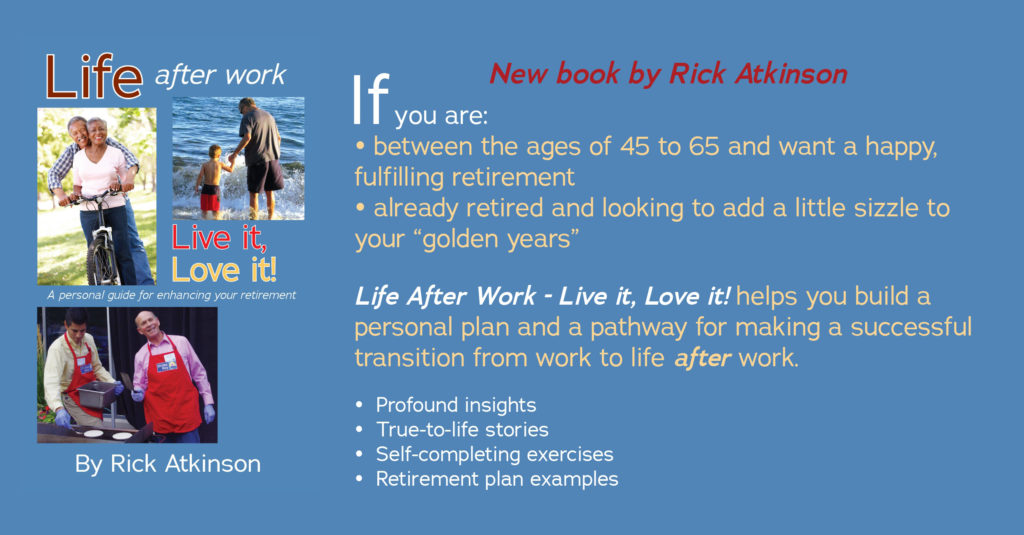Many people contemplating retirement believe it is a time to throw your cares away, just relax and smell the roses. True, retirement is a time when you focus more on yourself and it’s a time when work priorities change. However, learning how to keep healthy should be part of every person’s journey into retirement.
Being healthy means having good physical, mental and spiritual well-being. The interesting thing is when you are well you have a feeling of vitality and personal confidence. And when you are unwell, you feel tired, lethargic, and down in spirit.
Building a strong sense of wellness means spending time assessing your current state of health and asking, “What can I do to improve my wellbeing?” Obviously you need to get regular physical checkups and work with your doctor in developing a how to wellness plan that makes sense for your age and body. You need to create and follow a regular physical exercise routine. You also need to learn how to eat the right foods in the right proportions, and develop a healthy frame of mind.
Realistically, you cannot stop the aging process but you can slow it down. Here are a few things you can learn how to do:
- By taking control of your wellness, you can reduce the risk of some serious diseases such as cancer and heart disease.
- You can increase the odds of living longer, reduce the amount of money you pay out in medical costs and life by educating yourself, staying active and following practical and sensible health and nutrition guidelines.
Consulting with your doctor should be part of your retirement planning. Ask for a complete physical exam including appropriate laboratory testing. Talk to him or her about your current physical and mental health and get information on appropriate physical exercises you should be doing given your health and age. Discuss your diet and enquire about preventative immunizations including annual flu shots.
An essential part of your overall wellness plan is having regular eye and hearing tests, mammograms and prostate exams. You also need to visit your dentist every six or nine months, and practice good oral hygiene.
Remember, without your health, all the retirement time and money is not much good if you are unable to spend it accordingly to plan.
After a presentation, I received the following e-mail:
“Today you confirmed my retirement life plan was on the right track. At 45 years of age, I became a Certified Fitness Instructor; ran my first marathon at 58 and continued running marathons for another four years. At 61, I became a Personal Trainer Specialist and at 63 became a Yoga Instructor. After retiring from my school administration assistant position at age 66, I continued my healthy life style by instructing 6-8 aerobic classes per week and still had time to coach and volunteer in my community. Learning and participation in life is ongoing. But the most wonderful and best thing is being a role model and mentor to my 15-year old granddaughter who tells me she plans on following in my footsteps! Thank you Rick for a great presentation!” Sharon.
One of the greatest discoveries a man (or woman) makes, one of his/her great surprises, is to find he/she can do what he/she was afraid he/she couldn’t do. Henry Ford
Rick Atkinson, author of several books on retirement preparedness including: Life After Work: Live It, Love It! is president of RA Retirement Advisors and an expert in fulfillment retirement. Life After Work: Live It, Love It! is available at Amazon Books and whencaniretire.ca.
Looking for a guest speaker? Thinking about providing retirement planning workshops and/or webinars for your employees? Want to discuss a retirement question with an expert? Contact Rick at 416-282-7320 or ramgt75@rogers.com.
